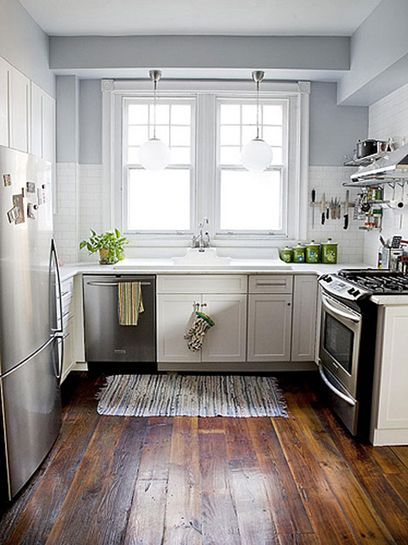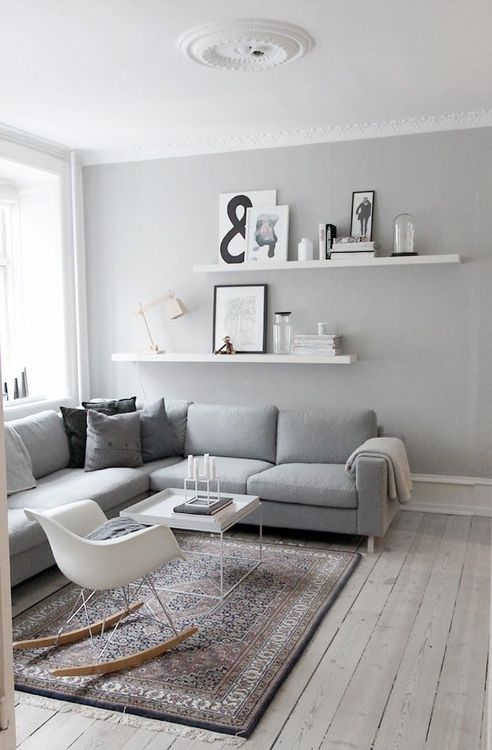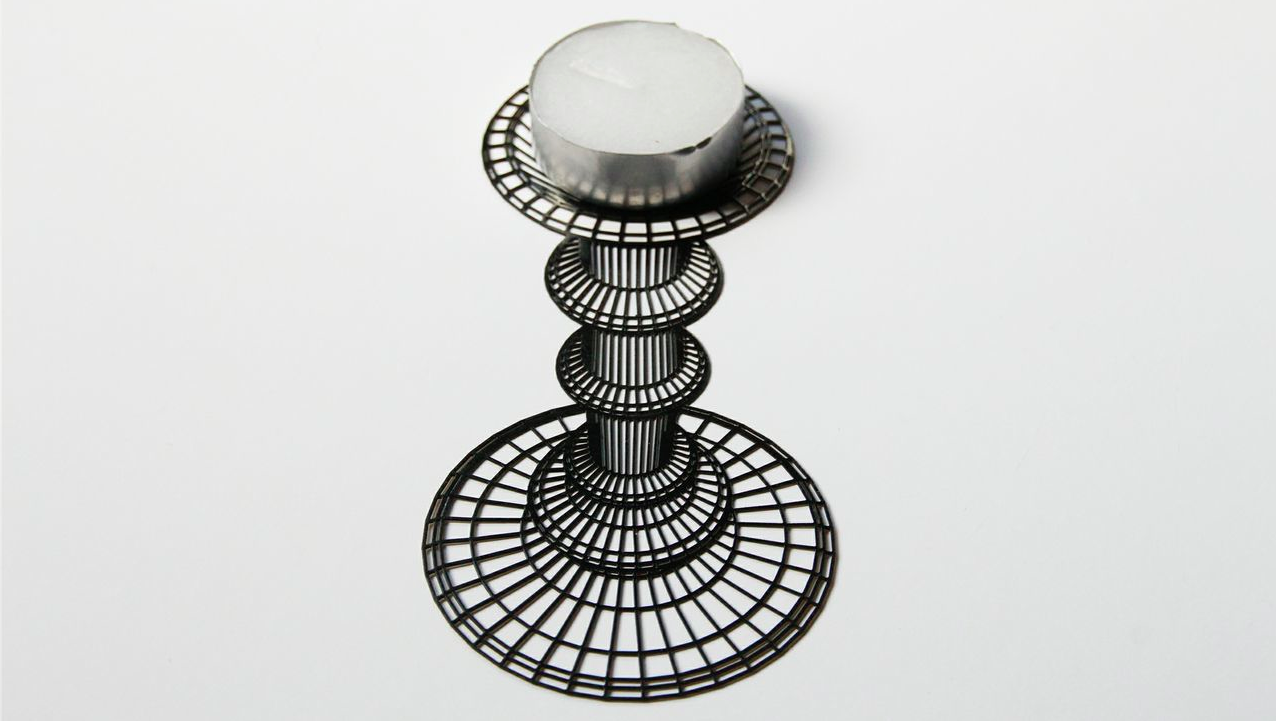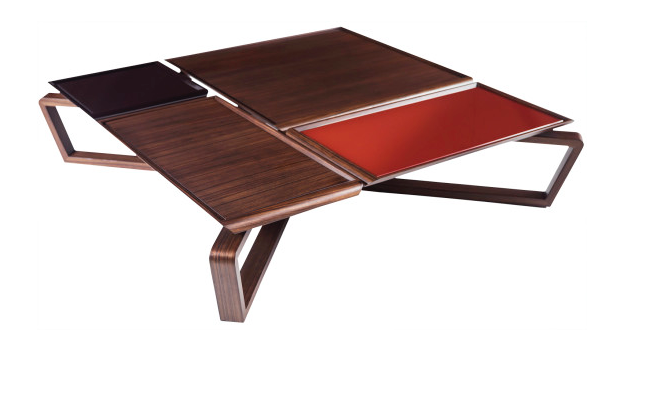Flooring 101
Recently I have already written about important considerations for choosing flooring. Today I decided to add some more points to my previous post.
First of all, if you are thinking of changing the flooring in your home for the first time, it is good to understand the basics.
Home flooring comes in all types of materials, styles, and colors. There are all types of flooring to consider. The most common home flooring options are:
Tile – there are different types of ceramic floor tile, made from various types of clay, but mainly from ‘terracotta’ or earthenware type of clay. Floor tiles have to withstand the various demands made on them, so they are larger, thicker and heavier than wall tiles. For extra strength, various aggregates, like limestone chippings can be added. Most floor tiles are unglazed, and the surface of the tile may be ridged or heavily textured to prevent slipping.
Wood – is eco-friendly option for flooring. It is warm to touch and gives to space a sense of coziness. One of the biggest disadvantages with natural wood is that it is afraid of changes in humidity and temperature, so climate control in rooms with natural wood flooring is essential.

Carpet – all carpet should be laid on top of an underlay to reduce pressure on the carpet pile. Paper underlay should always be used – this is also a good extra layer in almost any circumstances because it prevents dust rising from the sub floor.

Laminate – is an artificial material, so many people are against “living in plastic”. However comparing to other flooring options, it is cheap, as well as durable and easy to maintain.

Vinyl – vinyl is the most widely used plastic flooring and comes in two main types – rigid or flexible. Solid or rigid vinyl has little or no “give” in it – it is a solid vinyl on a backing. Flexible vinyl has some “give” and can be either cushioned or the lay-flat type. Vinyls come in two forms – sheet or tyle and they should be fixed on a firm sub-floor. It can be laid on top of firm, smooth boards, ceramic tyles and other resilient or hard flooring, so long as there won’t be a condensation problem.
What To Choose
You are probably trying to determine what kind of home flooring to use. This can be difficult. There are a number of things you will need to consider before making such a big decisions.
Cost – Something like real wood flooring is going to be expensive. Before you make a decision based on looks or style, you need to know your budget. How much can you spend? Are you selling your house or planning to stay long term? These thoughts can help you determine whether you need to spend a little or a lot.
Durability – What is your floor going to deal with on a daily basis? Do you have children? Does it need to be water resistant? Will it get a lot of foot traffic, like near the front door? Is it in an area that needs to support heavy furniture? Consider the durability of the product you are going to choose.
Noise – Do you live in an apartment building above your neighbors? Do you work from home? It is important to think about noise? Hard floors for instance, are going to make everything louder. Sounds will bounce off the floor and echo around the room. If you are in a living space that requires hours of quiet time you probably want to consider something like carpet, which is much more sound absorbing.
Before you sit down and make a decision on flooring, make sure to study the basics of flooring 101. You will be sure to make the right choices.








